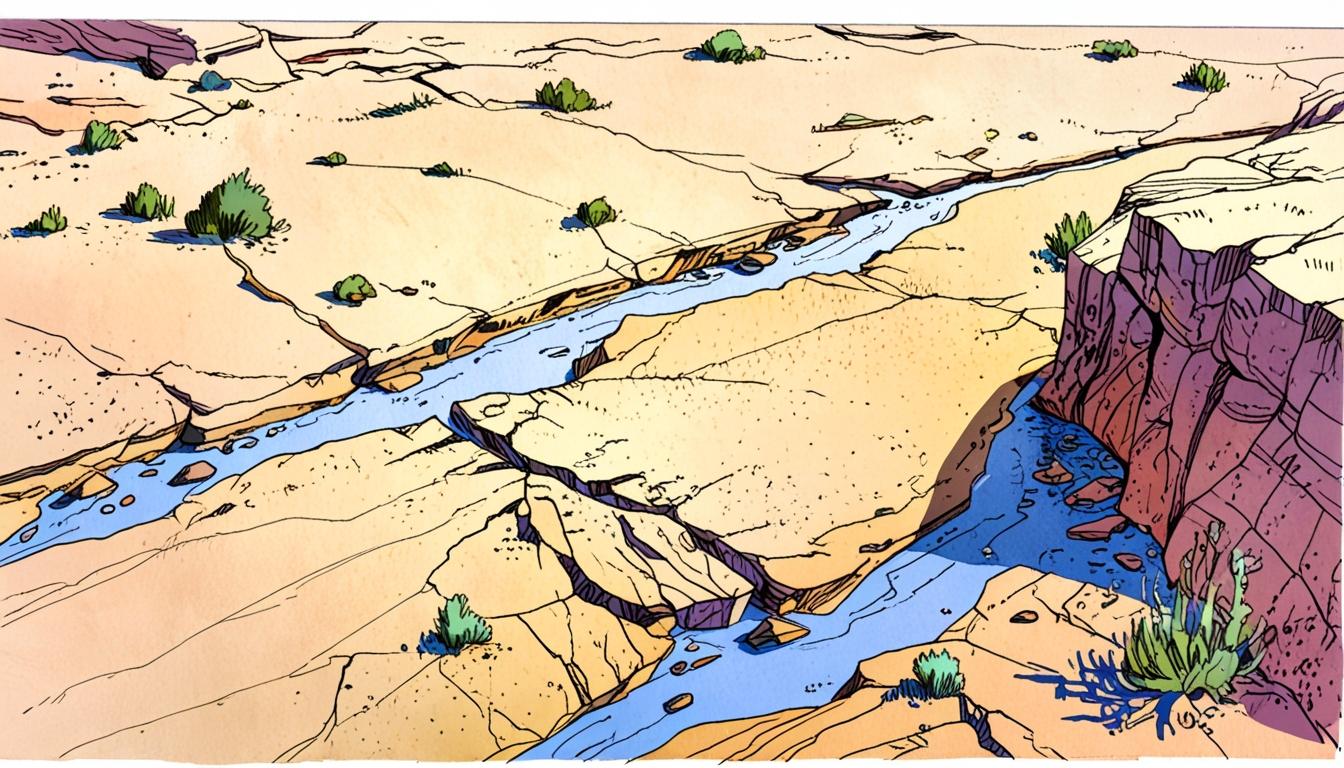The Scottish Environment Protection Agency (Sepa) has issued a warning regarding early signs of water scarcity in parts of Scotland, as the region continues to experience prolonged dry conditions. This situation has been particularly pronounced in the south of the country, where March rainfall was reported to be below average for most areas.
According to Sepa's latest Water Situation Update, some regions in southern Scotland have registered less than one-third of their typical rainfall for March. Specifically, the areas of Angus and Fife have experienced 10 consecutive months of below-average rainfall, with March figures indicating they received less than half of the expected amount. Contrarily, only the Shetland Islands reported above-average rainfall during this period.
Sepa further indicated that the severity of the situation is reflected in the levels of rivers and groundwater across Scotland. Many rivers are running low to extremely low for this time of year, while groundwater levels continue to dip, now trailing behind those recorded in April 2022. Fife and Angus are noted as the most adversely affected regions. The only area showing above-average groundwater levels is Moray, attributed to higher-than-average rainfall throughout the preceding winter months.
Kenny Boag, head of environmental performance at Sepa, commented on the increasing challenge of water scarcity in the region, stating, “Water scarcity is becoming a growing challenge in Scotland, and the data from March shows there is an increased risk that water scarcity could occur early in the season this year.” He affirmed the agency's commitment to ongoing monitoring of the situation and announced that weekly water scarcity reports are set to begin in May, unless conditions worsen prior to that.
Boag also noted, “We’ll continue to work closely with the Scottish Government, businesses and key stakeholders – including the agricultural sector, industry, and Scottish Water – over the coming months to monitor water levels, manage resources sustainably, support adaptation measures, and ensure the correct balance is struck between protecting the environment and providing resources for human and economic activity.”
The agency's three-year corporate plan prioritises climate resilience, aiming to assist businesses and communities in adapting to the impacts of climate change and enhancing resilience to extreme weather patterns. Interestingly, the report mentions that Scotland did not face significant water scarcity in 2024 due to more favourable rainfall patterns.
In response to concerns regarding water availability, Scottish Water has reassured the public that current levels of reservoir storage remain adequate, reported at 92% as of last week, despite being slightly below the long-term average of 95% for this time of year—a decrease of 3%. However, the agency has highlighted that the lack of rainfall may mainly affect the agricultural sector, particularly farmers and those cultivating fruits and vegetables.
A spokesperson for Scottish Water stated, “We continually monitor our water resources and reservoir levels across the country, which are on average at slightly below the levels we would expect for this time of year.” They also encouraged customers to conserve water, recommending simple measures such as taking shorter showers and ensuring taps are turned off while brushing teeth.
In parallel, a spokesperson from the Scottish Government has acknowledged the implications of this warning from Sepa, asserting, “This warning from Sepa highlights the ongoing impact of climate change on our water resources.” The government is committed to continuing collaboration with Sepa, Scottish Water, and other stakeholders to effectively manage and monitor water availability in a sustainable manner.
Source: Noah Wire Services
